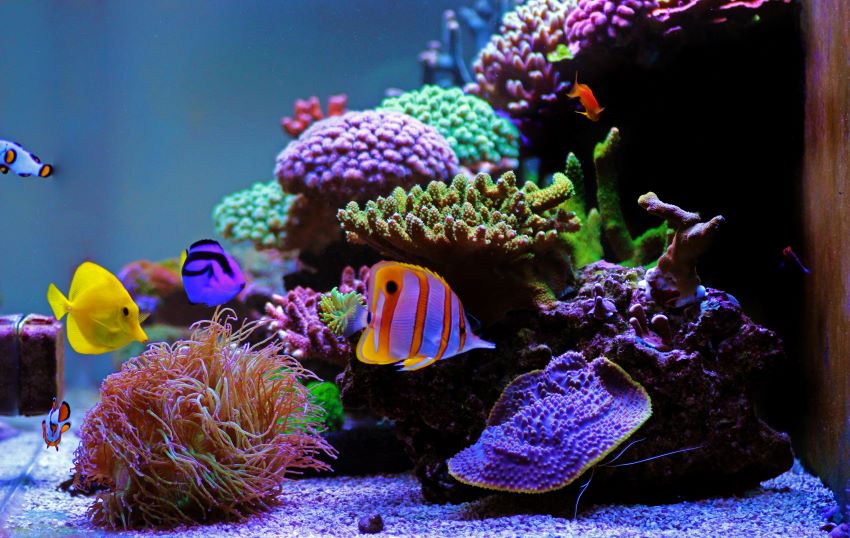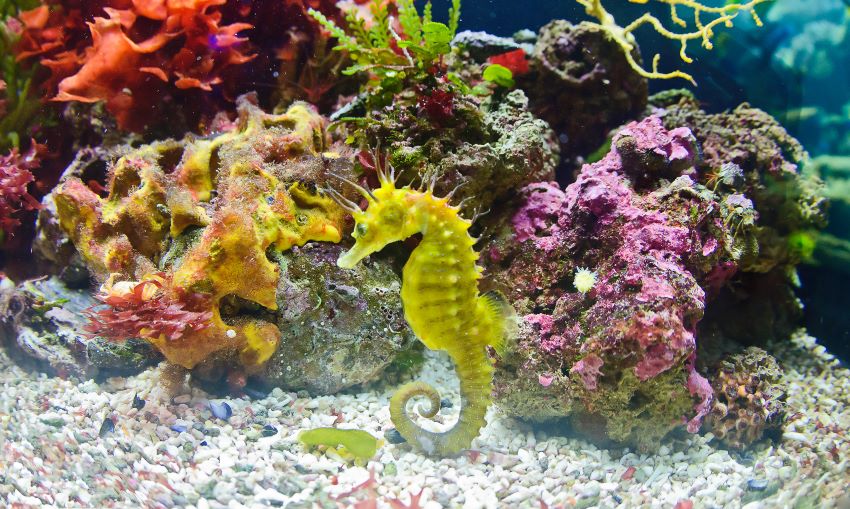Tank Size
Once you’ve decided to start a freshwater aquarium, one of the first decisions you’ll need to make is the size of your tank. Tank size affects many aspects of your aquarium, from the types of fish that can be kept to the filtration and maintenance required.
When selecting a tank size, consider that larger tanks are generally better for keeping fish healthy and providing an aesthetically pleasing display. Smaller tanks tend to require more frequent water changes as they are more prone to fluctuations in water chemistry, which can cause stress on fish or even lead to death. Additionally, small tanks have less surface area for beneficial bacteria colonies, which help break down toxins and maintain healthy water quality. Aquariums with five gallons or less are not typically recommended for freshwater fishkeeping.
Larger aquariums also provide more space for your fish to swim and explore and a larger platform for aquascaping your tank with natural décor and live plants. A minimum of 10-20 gallons is recommended for most basic setups, but depending on the type of fish you want to keep, you may need even more than that. Research what size tanks best suit the fish species you want to keep to ensure the highest quality conditions.
Finally, make sure you have adequate space available in your home before selecting a tank size. Generally, tanks should always be at most one-third of their height (an aquarium 30 inches long should be no more than 10 inches tall). Consider the overall footprint of your aquarium when choosing where to put it, and ensure you have enough room to get around it for maintenance.




